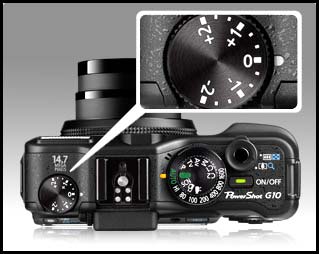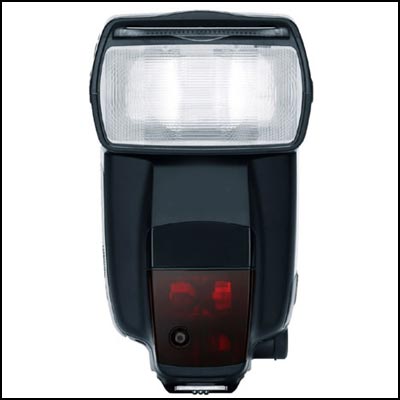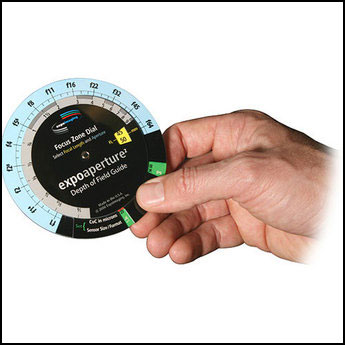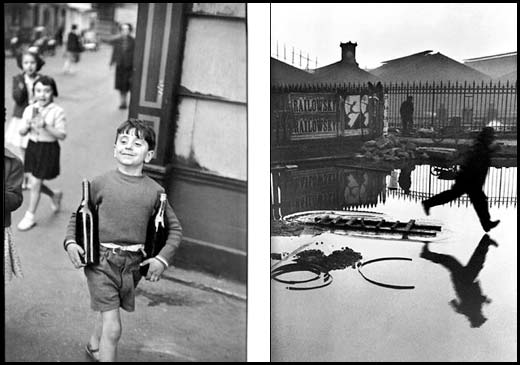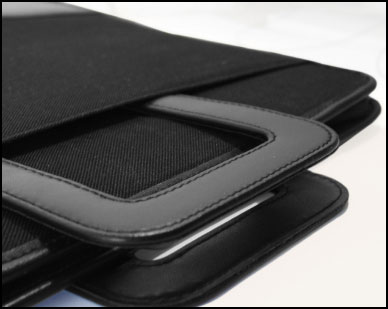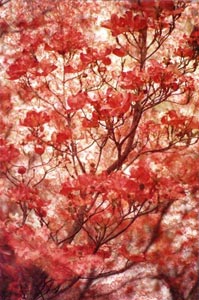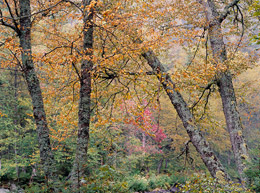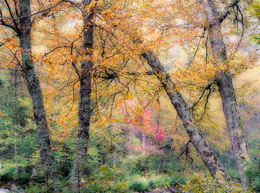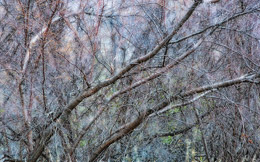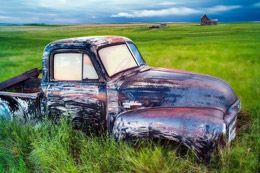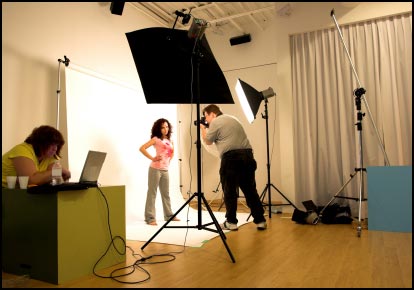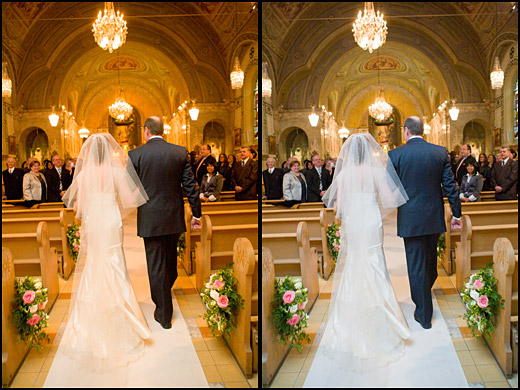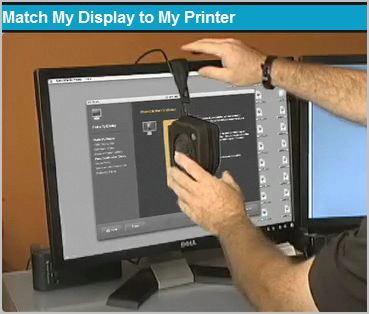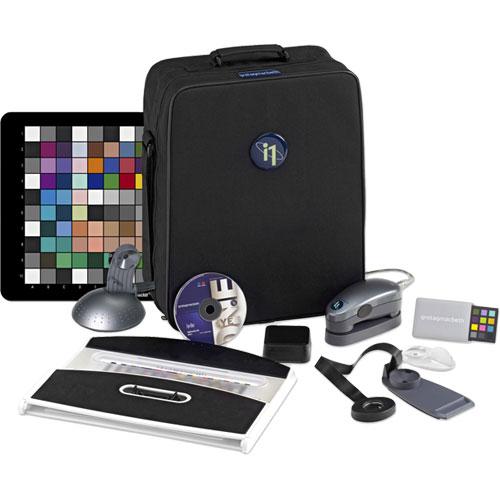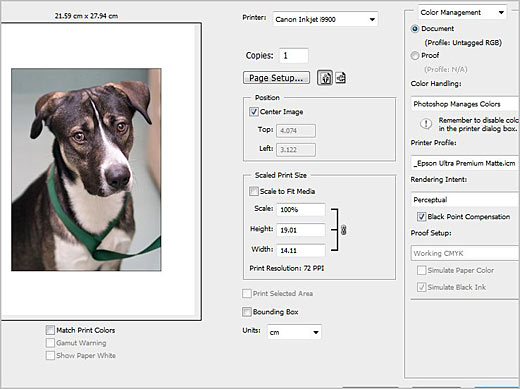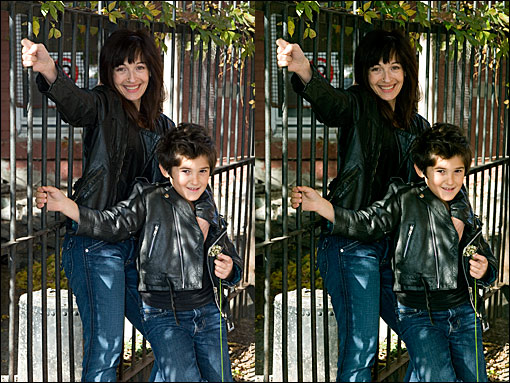Photography podcast #73 is all about landscape photography and how to improve your landscape photography. Many newbies and advanced amateurs consistently wonder if their landscape photography is any good. This podcast offers up a fair pile of tips to help get your landscape photography to the next level. Some of the things we talk about include; lighting for landscapes, the background and the foreground, what makes landscapes interesting, exposure and landscape photography, filters in landscape photography, tripods and post production.
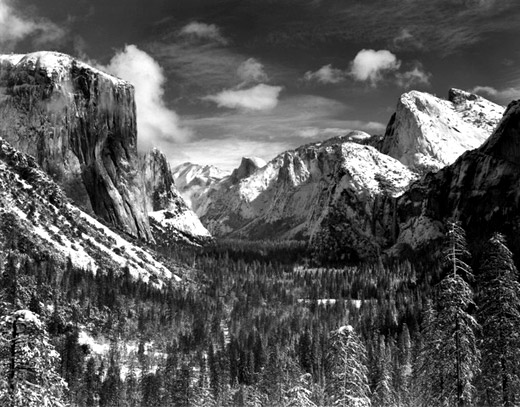
Yosemite Valley, Winter 1940 by Ansel Adams
Note the points of interest in the foreground, background and midground, note the full range of tones and note how skillfully our eyes are being guided. This is no accident, it’s the result of great planning (the light) execution (exposure/filters/composition) and finishing touches (darkroom post-processing — done these days using a graphics program).

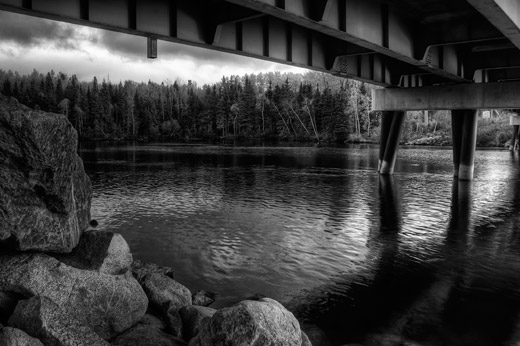
Fishing spot by Kat
Kat has a great handle on the range of tones, exposure and composition here and I really like this shot. It’s missing just a little something of interest IMO to get the big “WOW!” Perhaps if a large rock was dropped in the midground with moving ripples that would have done it.… this shot is so close it just needs a hint of something “extra”.

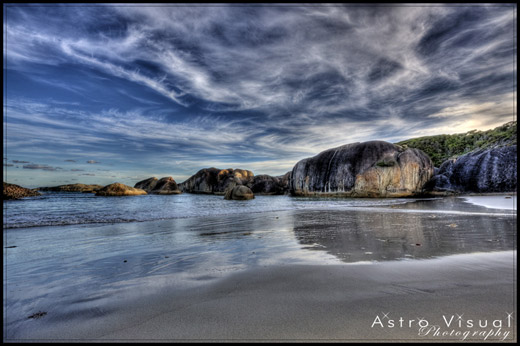
Fly with me…across Australia (part of a series) by Mad Aussie
This one contains the “Wow!” factor for me. Great colour, range of tones, exposure and composition. Note the reflections in the foreground, the rocks in the midground and that awesome sky in the background. I love how the midground and background seem to meld into one another.
Links /resources mentioned in this podcast:
The Ansel Adams gallery
Darwin Wiggett — Fabulous landscapes
Rule of thirds podcast
Histogram podcast
October’s “Scary-Mysterious-Halloween”‚assignment on the Photography.ca forum
Please join the Photography.ca fan page on Facebook
My Facebook profile — Feel free to “friend” me
My Twitter page — I will follow you if you follow me (Hey that’s a Gabriel lyric) — Let’s connect
If you are still lurking on our forum,
feel free to join our friendly ![]() Photography forum
Photography forum
Thanks to‚ jacklabel, and Kent Wilson who posted a blog comment about our last podcast. Thanks as always to everyone that sent comments by email about our last podcast. Although ALL comments are appreciated, commenting directly in this blog is preferred. Thanks as well to all the new members of the bulletin board.
If you are looking at this material on any other site except Photography.ca — Please hop on over to the Photography.ca blog and podcast and get this and other photography info directly from the source. I Subscribe with iTunes I Subscribe via RSS feed I Subscribe with Google Reader I Subscribe for free to the Photography podcast — Photography.ca and get all the posts/podcasts by Email
You can download this photography podcast directly by clicking the preceding link or listen to it almost immediately with the embedded player below.
Podcast: Play in new window | Download
